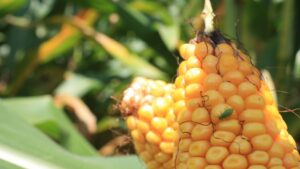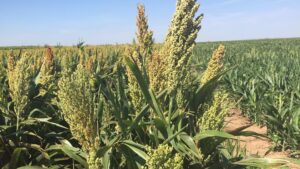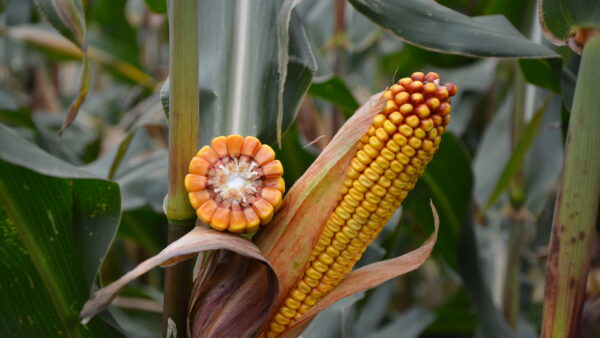Syngenta offers defense to corn rootworm with DuracadeViptera trait.
Corn rootworm: It’s an annoying pest that pops up across the Midwest and can become a problem for a field quickly. The insect impacts over 31 million acres and costs growers nearly $1 billion each year in lost yield and control measures, according to a news release. But that’s not to say it’s immune to management.
Syngenta agronomists are urging growers to begin their yield defense strategy now by keeping an eye out for pests including corn rootworm, western bean cutworm and corn earworm. Checking for these pests throughout the growing season allows growers to determine the most effective management strategies for now and the future, Syngenta believes.
“There are several key insect pest corn growers should keep an eye out for this growing season, including corn rootworm and western bean cutworm,” said Bruce Battles, technical agronomy manager at Syngenta. “For those that plant corn on corn, conditions have supported an increase in corn rootworm populations in the last few years. Conducting root digs and monitoring adult corn rootworm beetles will help guide future management decisions.”
Western bean cutworm continues to move east throughout the U.S. and into Ontario during the last two decades.
“There can be several western bean cutworm larva per ear causing significant damage if it is not controlled,” added Battles.
A whole-farm defense approach is necessary to manage the costly pests, making Syngenta’s DuracadeViptera trait a prime option. The trait provides comprehensive protection and controls “16 yield-damaging above- and below-ground insect pests,” according to the release.
“Some insects, such as corn rootworm, have indicators like previous year beetle counts or roots scores that can help predict next year’s pest pressures and help with management decisions,” said Tim O’Brien, traits manager at Syngenta. “But for other insects, their migrations and pressures can be unpredictable. Therefore, the best game plan against 16 different above- and below-ground insect corn pests like corn rootworm, western bean cutworm and corn earworm is the defense provided by DuracadeViptera.”
DuracadeViptera helps manage above-ground pests, resulting in reduced damage from insects that feed on the ears, stalks and leaves. This allows improved stand, greater yield potential, healthier ears and a smaller chance of mold and mycotoxin development.
“Crop scouting is a valuable tool in assessing current and future insect threats; however, scouting and timing rescue treatments can be labor-intensive, expensive and result in varying degrees of success,” concluded O’Brien.
Read More About Pest Control:
Tender, Tasty Edamame Tough on Pests and Disease
ASTA Releases New Pest Database for Seed
Mutant Genetic Occurrence Could be the Key to Pesticide-Free Insect Management












